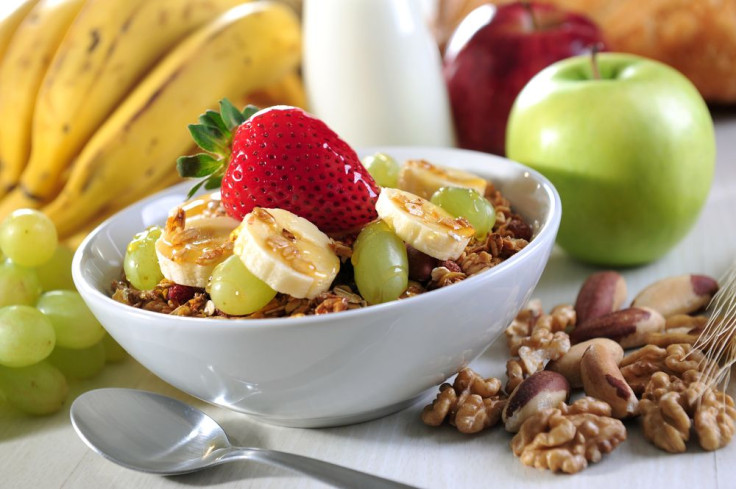How To Lose Weight: Add Fiber To Your Diet, But Know Right From Wrong

Although restrictive diets help individuals lose weight, there’s one major problem: sticking with them. A recent study revealed that one doesn’t necessarily need to follow a complex diet plan in order to see improvements in overall health. The simple addition of more fiber brought about notable changes in study participants' health, and even better, researchers say it’s a change most are likely to keep up.
Extra body weight is associated with a number of health risks, including type 2 diabetes, but unlike other health risks, obesity is reversible. Unfortunately for many, losing weight is easier said than done. In the study, funded by the National Institutes of Health, researchers asked 260 adults at-risk for developing type 2 diabetes to change their diets for one year. Half of the participants were asked to increase their daily intake of fiber, and the other half were asked to follow the American Heart Association guidelines, which consist of reducing sugar and salt intake, eating more fruits and vegetables, consuming lean proteins, limiting alcohol, and ensuring equal protein, fat, and carbohydrate consumption.
Results
At the end of the year, it was clear that the participants who followed the AHA diet lost the most weight, but that did not mean that those who increased their fiber saw no results. AHA dieters lost an average 6 pounds after the year, while the high-fiber dieters lost around 4 pounds over the course of the year. However, it was noted that those who followed the high-fiber plan were more likely to stick to their dietary plan over the course of the year than those assigned to the AHA diet, which could prove useful for those who find it hard to follow a diet plan. All participants experienced lower blood pressure and reduced blood sugar levels.
"For people who find it difficult to follow complex dietary recommendations, a simple-to-follow diet with just one message — increase your fiber intake — may be the way to go," study author Dr. Yunsheng Ma told CBS News.
Benefits of Fiber
For the study, the participants were asked to eat 30 grams of fiber a day, taken in the form of food, not supplements. Increasing fiber in this form with vegetables, fruits, and whole grains had additional health benefits, as Ma explained that "High-fiber foods are rich in vitamins and other essential nutrients, so they provide many benefits" over fiber supplements.
So how do you increase your amount of daily fiber? Well, the first step is to understand there are two forms of fiber: soluble and insoluble.
The National Institutes of Health explains that soluble fibers attract water to form a gel. This helps to keep you fuller longer, which in turn can aid in weight loss. Examples of soluble fiber include oatmeal and cereal, fruits such as apples and pears, nuts, and many types of beans. Insoluble fibers create a laxative effect. They are hard for the body to break down, so in turn help to pass waste along the gastrointestinal tract. These include whole grains, carrots, and root vegetable skins.
Another benefit of increasing your fiber is that it helps to "crowd out" unhealthier options by keeping you fuller longer. Ma also explained that they found that "increasing dietary fiber was accomplished by a host of other healthy dietary changes, likely because high-fiber foods displaced unhealthy foods, such as fatty and sugary foods, in the diet."
Source: Ma Y, Olendzi BC, Wang J, et al. Single-Component Versus Multicomponent Dietary Goals for the Metabolic Syndrome: A Randomized Trial. Annals of Internal Medicine. 2015
Published by Medicaldaily.com



























